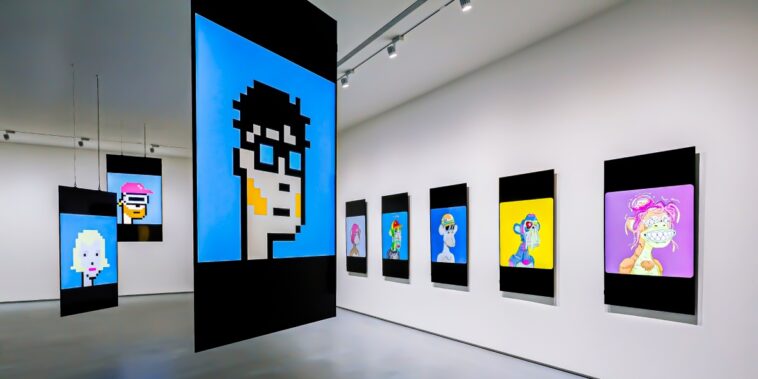When William Paley bequeathed his modernist art collection to the Museum of Modern Art, he entrusted the museum and his personal foundation to use the collection in the museum’s best interests. Now, two years removed from the COVID-19 pandemic, the Museum has found just that.
The Museum of Modern Art (MoMA) plans to auction $70 million of modernist art masterpieces to expand its digital footprint. The move comes as a response to the slowing of physical traffic at the museum and the growth of its digital side. While the museum has not said whether it will purchase non-fungible tokens as part of the expansion, it hasn’t ruled it out either.
William C. Paley, Paley’s son, said that he remembers how his father loved the great art pieces he had collected. According to Paley, it is deeply satisfying that the museum will be able to use the pieces to further support considering that his father was so dedicated to the museum in the first place.
The $70 million art collection contains some gems that stand to fetch at least in the tens of millions of dollars. They include Francis Bacon’s “Three Studies for a Portrait of Henrietta Moraes,” which will fetch at least $35 million and Picasso’s “Guitar on a Table,” which should sell for at least $20 million.
The Museum of Modern Art is using Sotheby’s for the auctions. It plans to use the proceeds of the auctions to start its own streaming channel, host conversations with creators and collaborators, and even launch online courses in partnership with universities.
Museums Take to Digital Art
Although museums are traditionally a slow industry to adapt to change, some have taken to Web3 in the past several months. Here are three stories Rarity Sniper has covered at the intersection of museums and the next iteration of the internet.
First, there is the Museum of the City of New York. Three weeks ago, we reported that it had filed trademark applications with the United States Patent and Trademark Office related to non-fungible tokens and the metaverse.
Second, there is Dubai’s Museum of the Future. Four months ago, it partnered with cryptocurrency exchange Binance to launch an NFT collection called “The Most Beautiful NFTs in the Metaverse.”
Third and finally, there are the four Italian art museums. Seven months ago, they signed onto a project called “Eternalizing Art History” to sell art masterpieces as non-fungible tokens. The works featured include those by Raphael and Leonardo da Vinci.
MoMA’s move to sell $70 million worth of its collection to expand its digital footprint is big news, especially considering that the works are modernist masterpieces. And given the slowdown in foot traffic across museums around the world, we wouldn’t be surprised if more museums follow suit.


